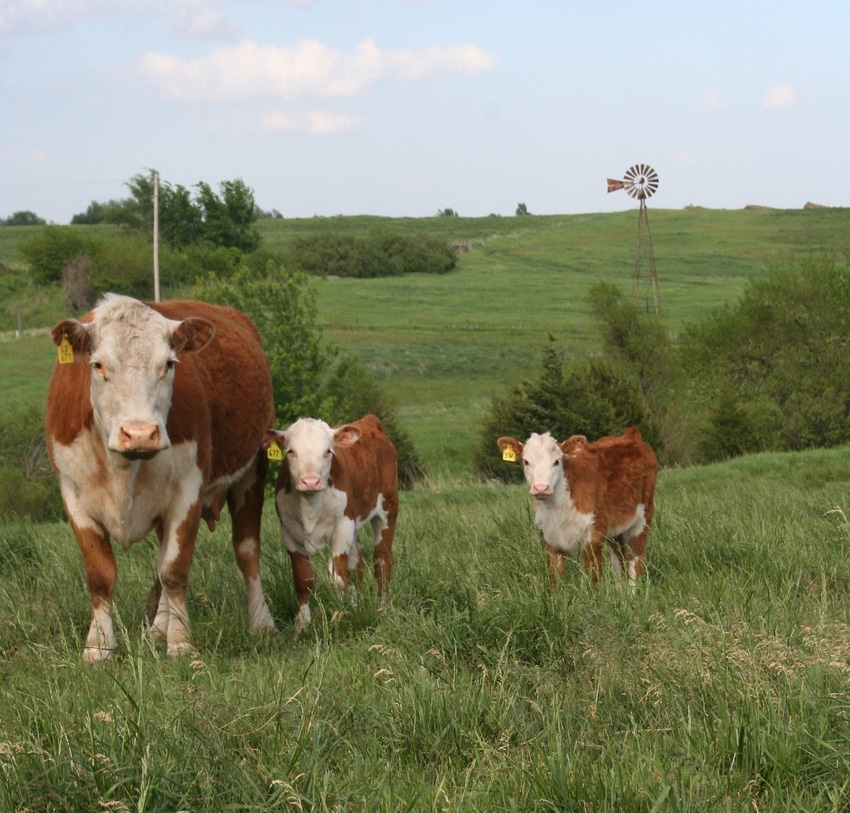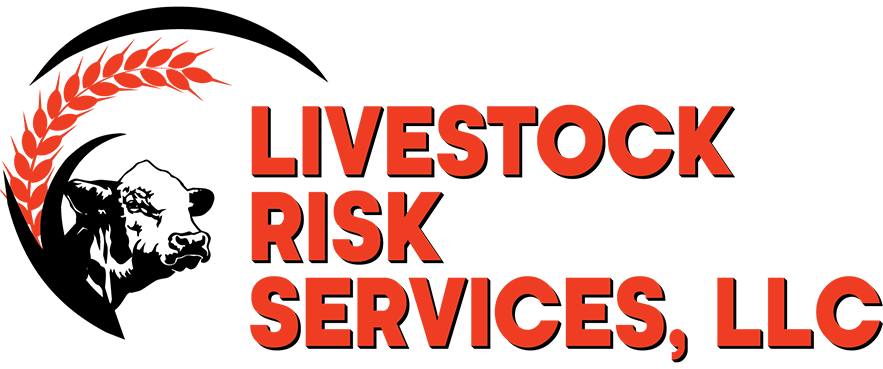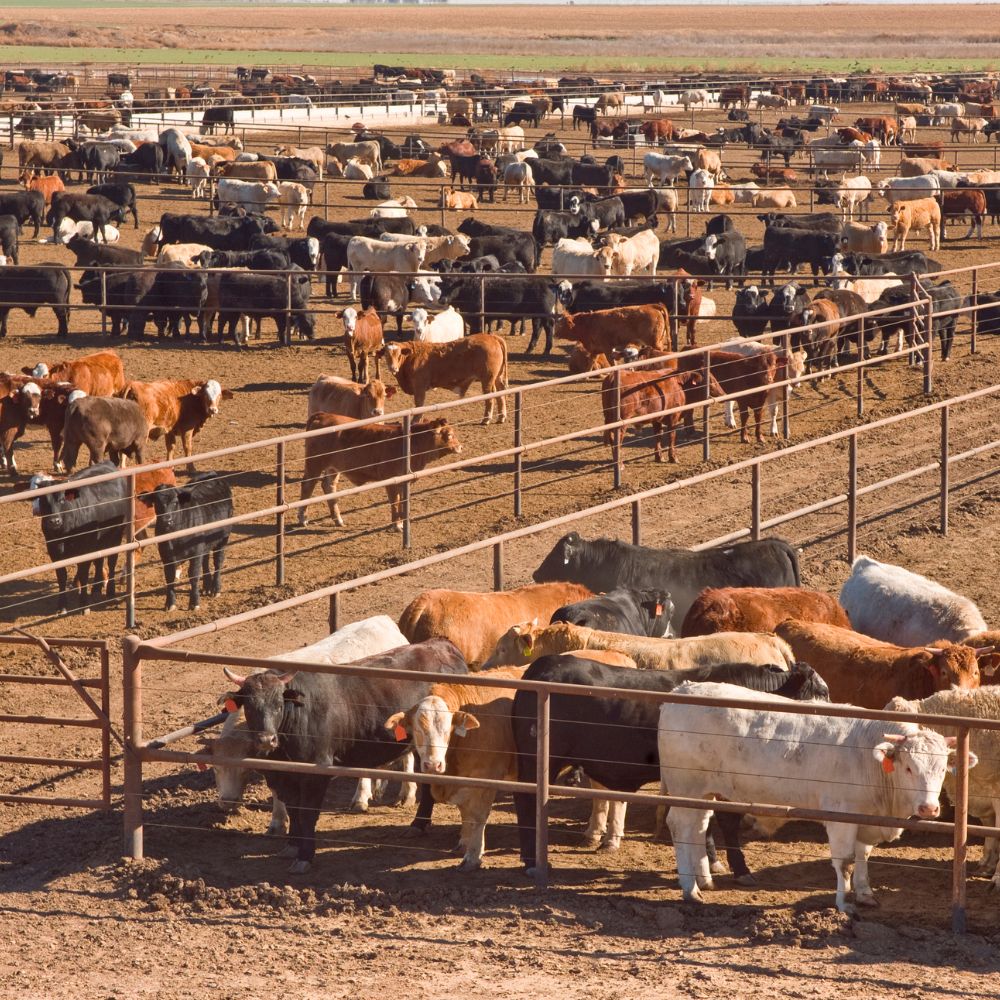Recognizing Animals Threat Security (LRP) Insurance: A Comprehensive Overview
Navigating the world of animals danger defense (LRP) insurance policy can be an intricate venture for numerous in the agricultural market. This type of insurance policy offers a safeguard against market variations and unanticipated situations that might influence animals manufacturers. By understanding the complexities of LRP insurance coverage, manufacturers can make educated decisions that might protect their procedures from economic risks. From exactly how LRP insurance functions to the various protection options offered, there is much to discover in this thorough guide that could possibly shape the way animals manufacturers come close to danger administration in their services.

Exactly How LRP Insurance Coverage Functions
Sometimes, recognizing the technicians of Animals Risk Protection (LRP) insurance policy can be complex, but breaking down just how it functions can provide clarity for ranchers and farmers. LRP insurance coverage is a danger administration device created to secure livestock manufacturers versus unanticipated rate decreases. It's important to keep in mind that LRP insurance policy is not an income assurance; instead, it focuses exclusively on rate danger security.
Qualification and Insurance Coverage Options

When it concerns insurance coverage alternatives, LRP insurance coverage provides manufacturers the adaptability to select the coverage level, insurance coverage period, and endorsements that finest fit their risk administration demands. Protection levels generally range from 70% to 100% of the expected finishing worth of the insured animals. Manufacturers can likewise pick coverage periods that straighten with their production cycle, whether they are guaranteeing feeder livestock, fed livestock, swine, or lamb. Endorsements such as price danger security can further tailor protection to shield against damaging market changes. By understanding the eligibility requirements and coverage options offered, animals producers can make enlightened decisions to take care of danger efficiently.
Pros and Disadvantages of LRP Insurance Coverage
When reviewing Livestock Threat Defense (LRP) insurance coverage, it is necessary for livestock manufacturers to evaluate the advantages and downsides inherent in this risk administration tool.

Among the main advantages of LRP insurance is its capability to provide protection versus a decline in animals costs. This can aid guard producers from financial losses arising from market fluctuations. Furthermore, LRP insurance policy offers a level of versatility, enabling producers to personalize protection levels and policy periods to fit their particular needs. By securing in an ensured price for their animals, manufacturers can much better handle danger and prepare for the future.
One limitation of LRP insurance policy is that it does not secure against all kinds of risks, such as disease episodes or natural catastrophes. It is vital for producers to very carefully examine their specific threat direct exposure and financial scenario to establish if LRP insurance is the appropriate danger monitoring device for their operation.
Comprehending LRP Insurance Coverage Premiums

Tips for Taking Full Advantage Of LRP Conveniences
Optimizing the advantages of Livestock Risk Defense (LRP) insurance policy needs calculated preparation and positive danger administration - Bagley Risk Management. To take advantage of your LRP insurance coverage, think about the adhering to ideas:
Frequently Assess Market Conditions: Stay notified about market trends and cost variations in the livestock industry. By additional hints keeping an eye on these elements, you can make enlightened decisions concerning when to buy LRP coverage to protect against prospective losses.
Set Realistic Protection Levels: When choosing coverage levels, consider your production expenses, market worth of animals, and potential threats - Bagley Risk Management. Establishing sensible coverage degrees makes certain that you are adequately shielded without paying too much for unnecessary insurance
Diversify Your Protection: Instead of relying only on LRP insurance policy, think about expanding your risk monitoring approaches. Integrating LRP with various other danger monitoring tools such as futures contracts or options can give extensive insurance coverage versus market unpredictabilities.
Evaluation and Adjust Coverage Regularly: As market problems alter, occasionally examine your LRP insurance coverage to ensure it aligns with your current risk exposure. Changing insurance coverage degrees and timing of acquisitions can aid enhance your danger defense strategy. By complying with these ideas, you can optimize the advantages of LRP insurance coverage and secure your livestock operation versus unpredicted dangers.
Verdict
In conclusion, animals danger protection (LRP) insurance coverage is a beneficial tool for farmers to take care of the monetary dangers related to their animals operations. By understanding just how LRP functions, eligibility and insurance coverage options, along with the advantages and disadvantages of this insurance policy, farmers can make informed choices to safeguard their incomes. By thoroughly considering LRP premiums and carrying out techniques to take full advantage of benefits, farmers can mitigate prospective losses and ensure the sustainability of their operations.
Livestock manufacturers interested in obtaining Livestock Threat Defense (LRP) insurance can check out an array of eligibility standards and insurance coverage choices customized to their particular animals operations.When it comes to protection options, LRP insurance coverage provides producers the flexibility to pick the protection degree, protection duration, and endorsements that ideal suit their threat management requirements.To grasp the ins and outs of Animals Danger Security (LRP) insurance totally, comprehending the aspects affecting LRP insurance coverage premiums is vital. LRP insurance coverage costs are established by various elements, consisting of the insurance coverage degree picked, the anticipated rate of livestock at the end of the protection duration, the kind of animals being guaranteed, and the length of the insurance coverage duration.Testimonial and Adjust Insurance Coverage Frequently: As market conditions alter, regularly evaluate your LRP protection to ensure it straightens with your current danger direct exposure.